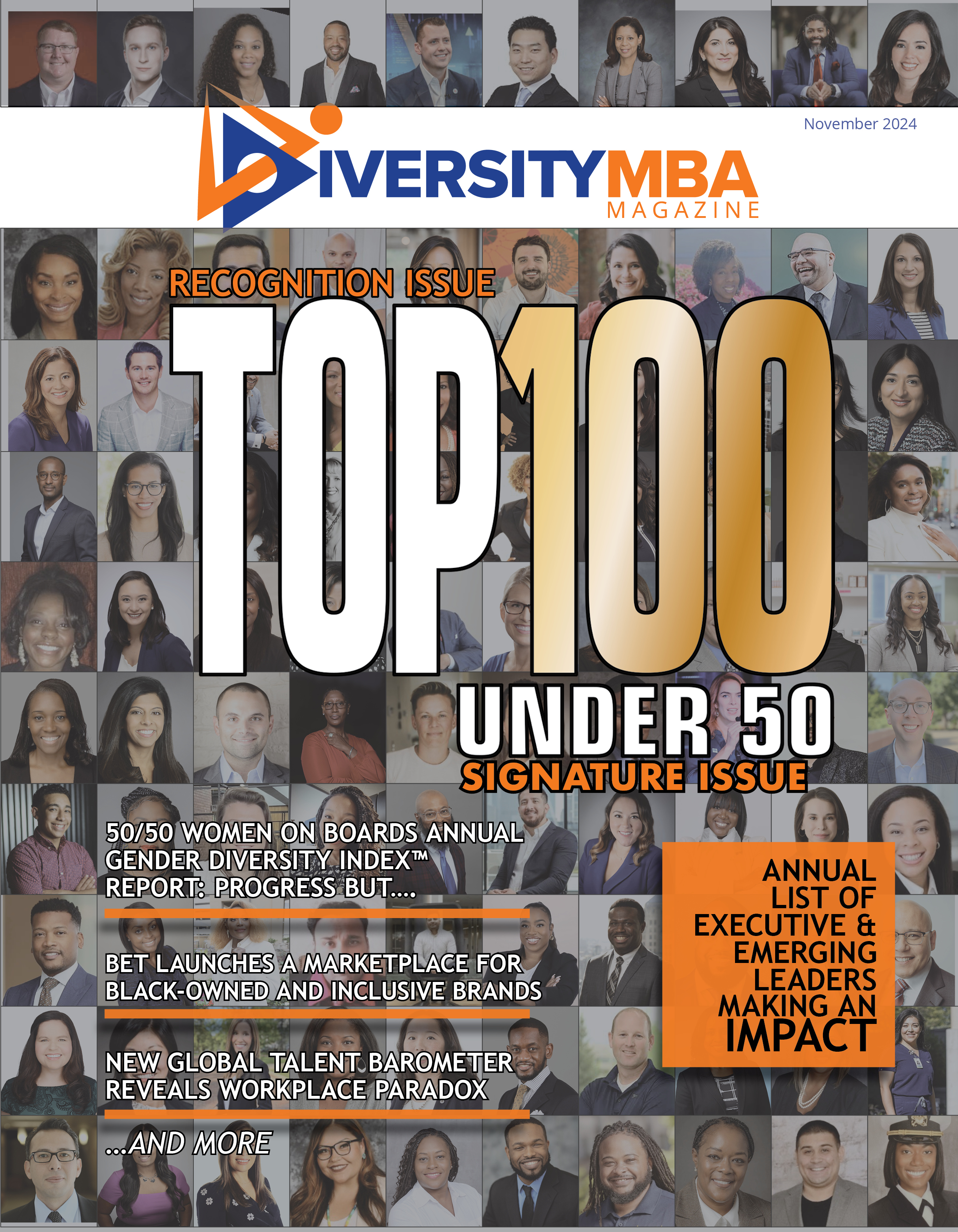
What has your brand done for you lately? It’s a question you should ask yourself on a periodic basis. Why? Great personal brands, like great company and product brands, stand the test of time. And the owners of those brands know when to adapt to ensure they maintain the appeal necessary to captivate their target markets. There’s added value in today’s competitive job market in understanding what sets you apart and whether that distinguishable factor is top of mind with those you’re trying to impress or influence.
Building a personal brand is a thorough process, but not a one-time event. It involves understanding and appreciating what you stand for, what you have to offer, and what your target audience wants. It requires that you get feedback on how others perceive you, to determine if others’ perceptions mesh with how you are attempting to portray yourself. It requires a lot of thinking and testing about what differentiates you from others, how to make that come to life, and testing how effective you are at it.
In revisiting your brand, it’s important to understand who your target market is. In personal branding, your product is you, and your audience consists of those with whom you need gain visibility, trust, and influence, and stay top of mind. The needs and interests of this audience will tend to evolve over time. There is also the possibility that it may change altogether. Depending on your role in your organization, your target audience may have started out as your manager and co-workers, and may have evolved to include other functional areas, and internal and/or external clients. As your career matured, the audiences may have extended to senior executives, boards of directors, and possibly the national or global community. Understanding who you are trying to influence or “sell” to is a critical first step in revisiting your brand’s effectiveness.
How often should you revisit your brand? In general, it’s advisable to think about your goals and the direction your career is taking on an annual basis. Performance development and planning discussions with your manager or an executive coach can facilitate this. Additionally, set aside some time to reflect on all aspects of your life and identify how the career piece of the puzzle is fitting in. Ask yourself if your personal brand is effective, has failed, or has just become stagnant. In all likelihood, you may need to start with whether or not you even have a brand.
There are probably clear markers when your brand has failed, but you may need to do some additional testing to determine if your brand is effective or stagnant. A stagnant brand has no traction. While it may not necessarily work against you, it doesn’t work for you. Some indications of a stagnant brand include the fact that individuals aren’t reaching out to you as often. You seem to be overlooked when promotions, assignments, or networking opportunities arise. People aren’t aware of your contributions. You’re chosen for the same type of non-growth projects time and time again. Like the careers of some actors, you may have become typecast.
Aside from an annual review; other times your brand should be revisited include when you have transitioned to a new role, have moved to a new company or business unit, or have received consistent feedback that doesn’t connect with the impact you feel you are making.
While a career setback may signal the need to reevaluate your brand, it doesn’t always mean you need to change it. You may simply need to reinforce it and bring it back to life. Dig deep to understand what contributed to the setback. Was it performance related, skill related, or political? In today’s economy, it could simply be the luck or misfortune of the draw. How much was within your control? When the answers begin to point to your overall visibility (or lack of it), your effectiveness in connecting with key stakeholders, or the level to which people understand what you do and stand for, you then have reason to suspect that your personal branding efforts have missed the mark. There are many assessment tools to help you with the process.
So much has been said and written about authenticity. There are many words you can substitute for it — real, genuine, faithful, true, bona fide, etc. But behaviorally, what does authenticity really imply? Is it following your bliss? Being true to yourself? Saying any fool thing you want because you’re over 50?
Well, yes and no. Individuals described as authentic are willing to express or share themselves with others, in spite of who may disagree or question. This doesn’t mean that introverts need to become extroverts, but it does imply that they’re able to communicate confidently on where they stand, how they feel, and what they think about a particular issue.
Your brand should reflect you and your core values, passions, and strengths. Even great brands develop over time. One well-known personal brand — Oprah Winfrey — is a case in point. Her brand has evolved through the years, yet stayed true to a consistent, overarching set of values. She has distinguished herself in the talk-show venue as covering inspiring and personal motivational stories when many other hosts jumped on the scandal/scoundrel bandwagon. She has distinguished herself as a humanitarian. Her career and entrepreneurial efforts — her television and movie productions, philanthropic efforts, magazine, and satellite radio show – have a thread of consistency running through them that creates a trust factor and level of predictability. Her audience knows what to expect and can rely on the product she delivers. But Winfrey’s product has still evolved to meet the growing needs and interests of her target market — ordinary women from ordinary walks of lives, and she has a team of researchers that stay in tune with its changing pulse. In another vein of the same arena, Jerry Springer also has a distinguishable brand within the talk-show industry, but with a different target market and offering a different value proposition.
Fulfilling your brand promise is what creates a trust factor between you and your target audience. This implies staying true to your brand. It is as much about what you say no to as what you say yes to. For example, if you’re promoting yourself as a great salesperson who knows how to bring people and opportunities together, but haven’t attended a networking event in the last six months, there’s a disconnect. If you’re trying to build or sustain a leadership brand, but avoid taking a stand on tough issues, there’s a disconnect. Look for gaps and determine how and where you need to adjust your behavior. Your brand is reflected in what you do, your personality, your associations, and your surroundings.
Questions to reflect upon as you revisit your brand include: What do I think my brand is and what do I want it to be? How has the industry I’m in changed in the last couple of years? How have I changed? Is my brand authentic to my core values? How do others perceive me? Is my brand relevant to my target audience? Who is that audience and how have its needs and interests changed in the last year?
Let’s assume your target audience is senior leaders. If your company has just been acquired or merged with another, the key stakeholders in your audience may have shifted a bit; and their primary concerns, fears, and focus may have changed. Is your brand of steady and non-flappable still the one to promote? Will the audience be looking for a more maverick or “change leadership” brand? Know your audience, and shine the light on those aspects of your brand that have relevance to it.
Engage others in the process. Let them know what type of image/brand you’re trying to convey and ask if that’s how they view you. Be open to candid feedback. Valuable lessons can also be learned from those who have turned their situations around. Study brands that have reinvented themselves when you feel the need to reengineer your own. Get feedback on how you portray your brand with someone you trust — a family member, friend, or close business colleague. Here’s an exercise to work through: Bring up a situation the two of you were involved in in the recent past, one where you were interacting with a group of individuals. Ask the other person to write down his/her take on it and then to write down what he/she thought your take on it was. Do this for two or three scenarios. It should be enough for you to see a theme or pattern emerging. At minimum, you will see that the “reality” of any situation is in the eye of the beholder. You will also be able to see how far apart your reality is from someone else’s. This gives you baseline information so that you can make changes, if necessary, to the brand you want to project.
Your brand, like your signature, is your differentiator. It sets you apart. It’s your “wow” factor. It goes beyond your performance, transcends your role,t communicates your value proposition. It keeps you top of mind when your target audience has a choice or decision to make about plum assignments, promotions, awards, retention, who to invest in, etc. With effective branding, you become the go-to person, and get matched with opportunities that align with your interests and goals because individuals know what you value and uphold.
Becoming a household name to your target audience gives you the ability to advance in your career as well as staying power. Like choosing between Coke and Pepsi, it gets down to finding that important differentiator about yourself that will create a brand legacy. It’s imperative that you be responsible for shaping your brand, lest you get branded by default.
Image courtesy of BCM.com







